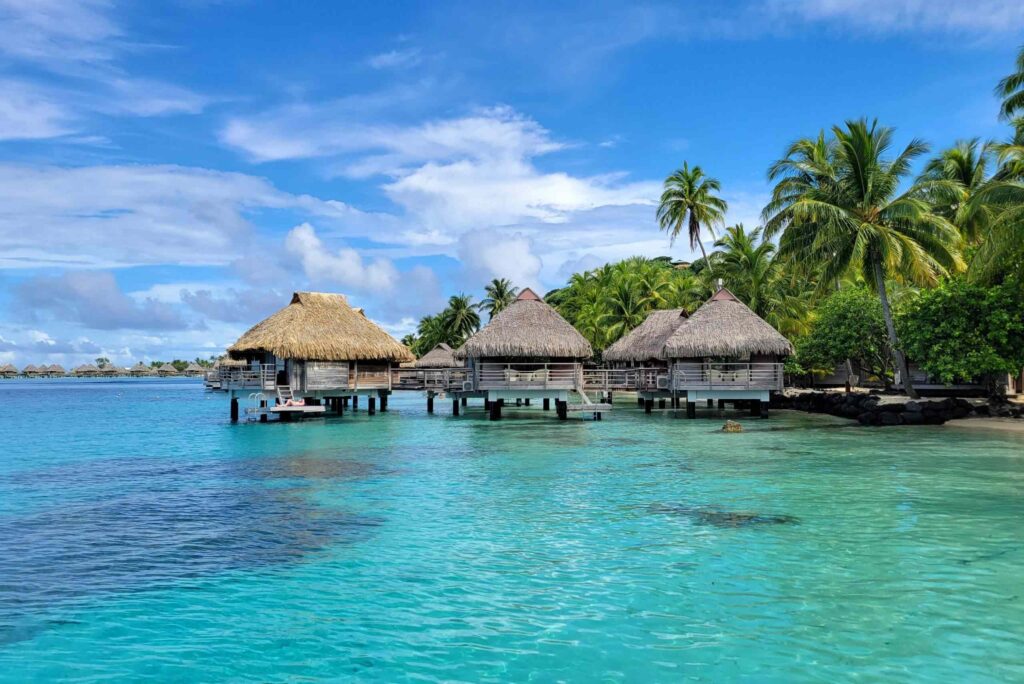Bora Bora, French Polynesia – Travel Tips
Category
Categories
Popular Articles

**Overview of the Destination**
Welcome to Bora Bora, a tiny yet stunning island located within the French Polynesia, in the South Pacific. This phenomenal destination is famous for its turquoise waters, soft white sandy beaches, and luxurious resorts. Its iconic over-the-water bungalows are loved by honeymooners and photographers alike. With its lush tropical landscapes and spectacular marine life, Bora Bora is an ideal paradise for relaxation, adventure, and natural beauty.
**Best Time to Visit**
Bora Bora boasts of a warm tropical climate all year round, but the best time to visit would be during the Dry Season, which runs from May to October. This is the peak tourist season when the weather is relatively cooler, drier, and sunny. For those who prefer a quieter time, November to April would be the Off-Season. Do consider planning around major local festivals, such as the Heiva I Bora Bora in July, for a vibrant display of Polynesian culture.
**Climate & What to Pack**
The tropical climate implies hot and humid weather, so lightweight, breathable clothing is recommended. Don’t forget your swimwear, beach cover-ups, sun hats, sunglasses, lots of sunscreens, and insect repellent. Bringing a light rain jacket would be wise for unexpected showers. Comfortable walking shoes are useful for exploring the island’s interior landscapes.
**Getting There**
Flights land at Faa’a International Airport in Tahiti, the only international airport in French Polynesia. From here, catch a 45-minutes domestic flight to Bora Bora. Entry requirements include a passport with at least six months’ validity and a return airline ticket. No visa is required for stays of up to 90 days for most countries.
**Getting Around Locally**
The island is small, and most hotels will offer transport services to and from key locations. Bicycles and scooters are popular rental options for solo explorations. Public buses are scarce but taxis are available. Do remember, the island isn’t pedestrian-friendly due to narrow roads.
**Safety Tips**
Bora Bora is relatively safe. However, basic precautions against petty crime such as not leaving belongings unattended should be practiced. Always respect local customs and dress modestly when visiting local villages. Solo travelers should inform their hotel of their whereabouts if venturing off the resort.
**Top Things to Do & See**
Must-sees include Matira Beach, Mount Otemanu, and the four WWII cannons. Undoubtedly, the crystal-clear lagoon is a venue for countless activities including snorkeling, paddleboarding, jet-skiing, and shark-feeding tours. For a unique cultural experience, visit the traditional Polynesian village and participate in a Tahitian cooking class.
**Where to Stay**
Luxury travelers will love The St. Regis Bora Bora Resort or the Four Seasons Resort. Mid-range hotels include the Bora Bora Pearl Beach Resort & Spa. For budget travelers, consider Roulotte Matira, a campground with beachfront bungalows.
**Food & Local Cuisine**
Bora Bora’s cuisine combines French influences with tropical flair. Make sure to try poisson cru, a raw fish salad, and fafaru, fish marinated in fermented seawater. Upscale dining options are present in resorts, while casual dining and street food are found in Vaitape, the main town.
**Cultural & Practical Tips**
The official currency is the French Pacific Franc (CPF) and the language is French, though English is widely understood. Tipping is not customary, but appreciated for excellent service. Power plugs are type E with a standard voltage of 220V. Free Wi-Fi isn’t common and may be chargeable at hotels.
**Sustainable or Responsible Travel Tips**
Respect the natural environment, avoid touching coral while snorkeling, and maintain a respectful distance from marine life. When visiting local villages, ask for permission before taking photographs. Always remember to leave no trash behind.
In conclusion, if this is your first visit to Bora Bora, my personal tip would be to embrace the island pace and appreciate the raw beauty around you. It’s more than just a picture-perfect postcard destination; it’s a mood, an escape, and a slice of tropical heaven.










